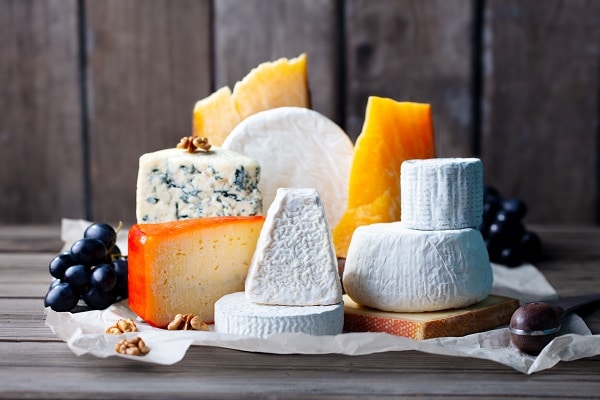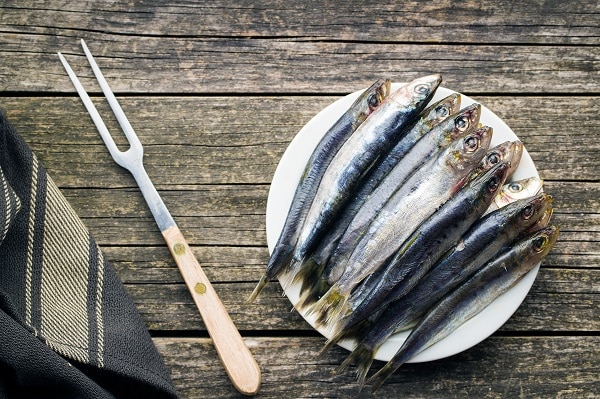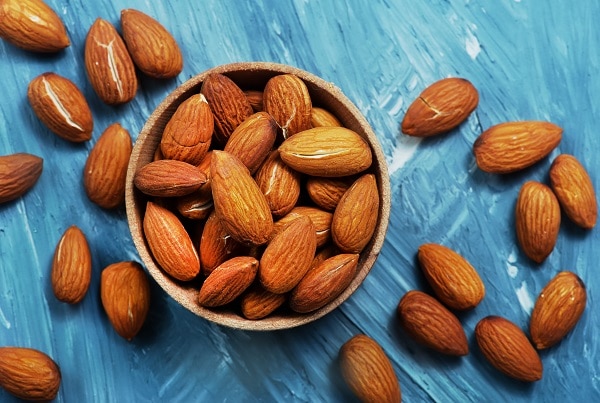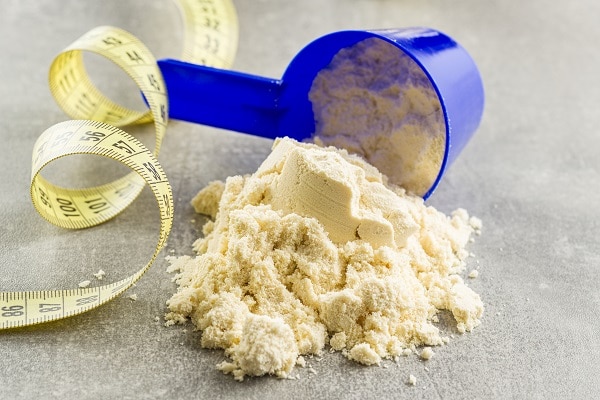Calcium is a type of micronutrient that is abundant and crucial for your health. It is essential in maintaining your bones and teeth healthy, along with skeletal and dental health. In addition, calcium plays a vital role in keeping nerve condition normal, maintaining regular heartbeat regulation, and maintaining a healthy weight. Therefore, it is always best to eat food rich in calcium to meet daily needs. In addition, people who face osteoporosis or women in the postmenopausal phase must have a calcium-rich diet. Below are some of the best foods to provide you with a calcium-rich diet.
Contents
Milk

Milk is one of the most popular sources of calcium, and we all know it has the highest concentration of calcium. Milk contains vitamins A, B12, K, which play an essential role in growing and maintaining a healthy immune system.
Yogurt

Yogurt is another popular food ingredient that is common to all. Yogurt contains calcium. Along with this, it is a good source of Vitamin B6, B12, and magnesium. If you use packed yogurt, make sure to eat non-flavored yogurt.
Cheese

Cheese is also considered one of the good sources of calcium and is a good source of protein, phosphorus, and zinc. It may sometimes interact poorly with certain types of medication. Hence make sure to consult your doctor if you have been taking supplements or pills before eating cheese.
Seeds

You can consume different types of seeds: sesame seeds, poppy seeds, or chia seeds. Seeds are nutritional powerhouses, and they contain high levels of calcium. They are also a good source of good fats and deliver high amounts of plant-based protein.
Sardines

Due to their consumable bones, sardines and tinned salmon are full of calcium. These fish are good for your skin and heart health as they provide rich protein and high levels of omega-3 fatty acids. Sardines and tinned salmon also have high-level selenium.
Beans And Various Types Of Lentils

Different types of lentils contain various concentrations of calcium. These are high in fiber, and protein-based food also contains reasonable amounts of calcium and zinc, a kind of micronutrient. Along with lentils, beans are associated with many health benefits. Many research suggests that plant-based nutrients like beans are a good source of calcium.
Almonds

Almonds have the best calcium content of any nut. Almonds provide 6% of the daily value. They also include high levels of magnesium, manganese, and vitamin E. Nuts may also assist in reducing blood pressure, excess weight, and a variety of other metabolic disease risk factors.
Whey

Whey is a good source of rich protein and is high in swiftly digestible amino acids, which aid muscle building and recovery. Whey also has the highest calcium concentration, with a spoonful of whey protein alone containing 12 percent of the daily value (DV) of calcium. Surprisingly, many studies have even connected whey-rich meals to losing weight and improved blood sugar control.
Leafy Vegetables

Leafy vegetables are incredibly healthy, and many are high in calcium. For illustration, one serving of collard greens provides 268 mg of calcium, which is roughly 21% of the everyday need. It’s worth noting that some varieties, like spinach, are high in oxalates, which occur naturally in chemicals that bond with calcium and prevent it from being absorbed. As a result, despite its high calcium content, spinach is not as effectively absorbed as other calcium-rich vegetables with low oxalates, such as kale and other vegetables like collard greens.
Rhubarb

Rhubarb is rich in fiber, vitamins, calcium, other vitamins, and other micronutrients. It also includes prebiotic fiber, which encourages the development of beneficial bacteria in your gut. Like spinach, rhubarb is heavy in oxalates, preventing most of the calcium from being absorbed. As per one study, your system can only absorb about 5% of the calcium present in rhubarb.
Fortified Food

Nowadays, there are various food items available that are fortified. Fortification is the process of adding nutrients to food. The procedure of adding nutrients to the food which are absent or at a low level is a fortification, and you can see whether a food is fortified or not by seeing the +F symbol on your packed food. Fortified meals, such as cereals, can help you achieve your recommended daily requirements. In addition, certain cereals can contain up to 1,000 mg of calcium per serving- and this is before you put in milk.
Figs

Figs do contain a lot of calcium. Every 100 grams of dried figs contains 162 milligrams of calcium. But figs aren’t just high in calcium. Figs are high in fiber as well. It serves as a “greased conduit” for food to go through your digestive tract. Fiber can also aid in the absorption of nutrients from your food. Not just that, but fiber can help you eat less at each meal by increasing your natural feeling of fullness.
Tofu

Tofu is prepared by heating soybeans to a liquid and then adding nigari, a brine containing magnesium chloride, a byproduct of salt extraction from saltwater. The nigari serves as a coagulant, resulting in curds that press into tofu blocks. Making cheese is a very similar technique! Most manufacturers, however, add calcium to their tofu. This is frequently referred to as calcium-set tofu and can contain up to 350 mg of calcium. Tofu has all of the essential amino acids that your body cannot produce on its own. Tofu is an excellent protein for vegetarians because of this.
Conclusion
The above are some of the foods which are rich in calcium. It is first essential to consult a doctor before including any specific food in your diet, as some of the food might interact with other medications you take. Hence consulting your doctor or nutritionist before adding any of the mentioned food to your diet will help you.


